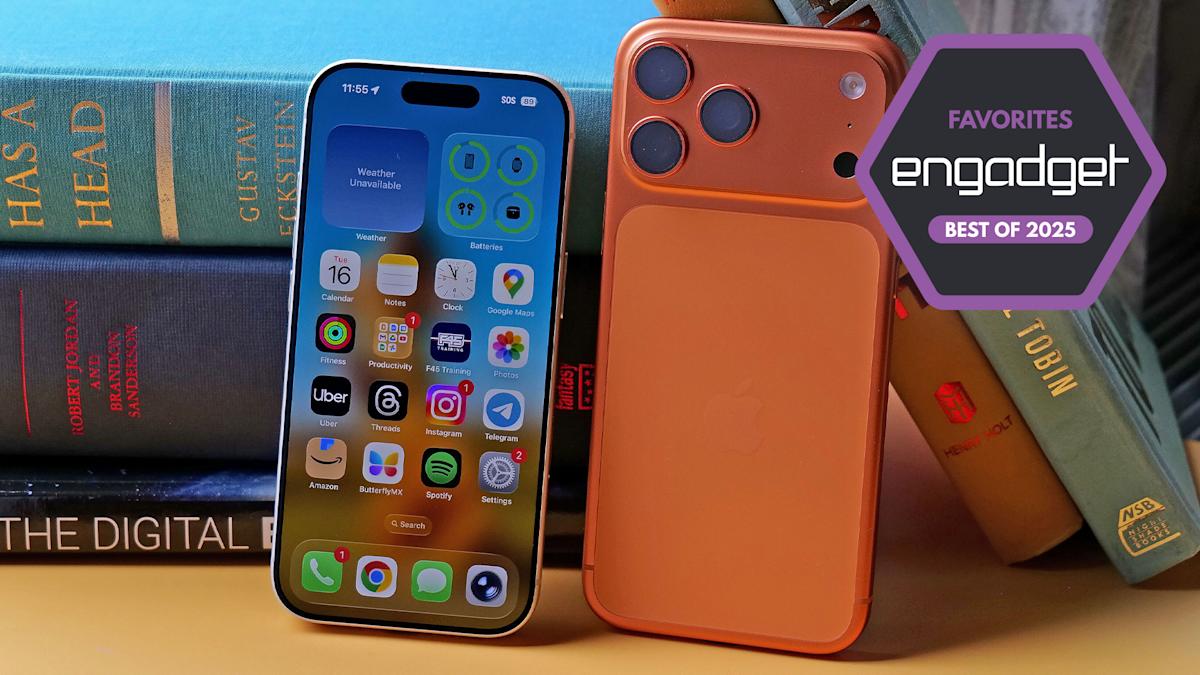Latest Smartphone Lineup Highlights Performance, Camera Advances and Foldable Innovations

Key Points
- iPhone 17 Pro series introduces A19 Pro chip, iOS 26 and 48 MP triple‑camera system
- Pixel 10 line adds AI features, 100× Pro Res Zoom and Qi2 magnetic charging
- Galaxy Z Fold 7 offers thinner design, 200 MP camera and improved durability
- Galaxy Z Flip 7 delivers slimmer profile, larger front display and 50 MP rear camera
- OnePlus 13 focuses on raw performance with Snapdragon 8 Elite and 6,000 mAh</p>
- iPhone Air sets record as thinnest iPhone at 5.6 mm with titanium frame
- Mid‑range options like iPhone 16e and Pixel 9a provide solid performance at lower cost
- Choosing between iOS and Android depends on ecosystem compatibility
- Premium connectivity (mmWave 5G, Wi‑Fi 7) remains optional for most users
- Software update commitments influence long‑term device value
A roundup of recent flagship and mid‑range smartphones shows manufacturers pushing performance, camera capabilities and new form factors. Apple’s iPhone 17 Pro series introduces the A19 Pro chip, iOS 26 and a triple‑camera system with 48 MP sensors. Google’s Pixel 10 line adds AI‑driven features and 100× Pro Res Zoom. Samsung’s Galaxy Z Fold 7 and Z Flip 7 refine foldable designs with thinner bodies and upgraded cameras. OnePlus 13 emphasizes raw hardware with a Snapdragon 8 Elite processor and a 6,000 mAh battery. The review also discusses iOS versus Android, connectivity options and buying considerations.
Apple’s Flagship Evolution
The iPhone 17 Pro and Pro Max build on Apple’s recent hardware roadmap with the new A19 Pro processor and iOS 26. Both models retain a 6.3‑inch (Pro) or 6.9‑inch (Pro Max) display and feature a triple‑camera array where 48 MP lenses dominate the rear, complemented by a 24 MP front sensor that supports Center Stage. Battery life improvements and Qi2 wireless charging round out the premium offering.
Google’s AI‑Focused Pixel 10 Series
Google’s Pixel 10 and Pixel 10 Pro continue the company’s emphasis on artificial‑intelligence software. The devices showcase a 100× Pro Res Zoom capability, larger batteries and Qi2 magnetic charging. The cameras deliver high‑resolution portrait shots and benefit from Google’s computational photography tools.
Mid‑Range and Budget Options
The iPhone 16e targets entry‑level buyers with an A18 chip, a single rear camera and a 6.1‑inch display. Meanwhile, the Pixel 9a offers a straightforward design, solid battery life and a reliable camera system at a lower price point.
Samsung’s Foldable Advances
Samsung’s Galaxy Z Fold 7 reduces thickness by 26 percent while adding a 200 MP main camera and improved durability. The Z Flip 7 focuses on a slimmer profile, a larger front display and a 50 MP primary rear sensor. Both devices retain premium pricing and bring foldable technology closer to mainstream use.
New Form Factor: The iPhone Air
The iPhone Air sets a record as the thinnest iPhone at 5.6 mm, featuring a titanium frame, Ceramic Shield 2 glass and the A19 Pro chip. It offers a 6.5‑inch display with ProMotion support but limits rear photography to a single lens.
OnePlus 13: Pure Performance
OnePlus 13 pairs a Snapdragon 8 Elite processor with 16 GB of RAM and 512 GB of storage. Its camera suite includes three 50 MP sensors, one of which provides 3× telephoto zoom, and a 6,000 mAh battery. The device also offers a vegan‑leather back in select colors.
Operating System Considerations
The review compares iOS’s tight ecosystem—facilitating seamless hand‑off between Apple devices—with Android’s broader hardware variety but shorter software support windows. Users are advised to align OS choice with their existing device ecosystem.
Camera and Connectivity Choices
Camera discussions highlight the trade‑off between multiple lenses for versatility and single‑lens simplicity. Connectivity options such as mmWave 5G and Wi‑Fi 7 are noted as premium features that may not be essential for all users.
Buying Guidance
Potential buyers are encouraged to weigh factors like performance, camera needs, battery life, form factor and price. The article notes that flagship phones often exceed $1,000, while competent mid‑range devices sit between $500 and $1,000. Longevity considerations include software update commitments—Apple and Google promise five years, Samsung four years.